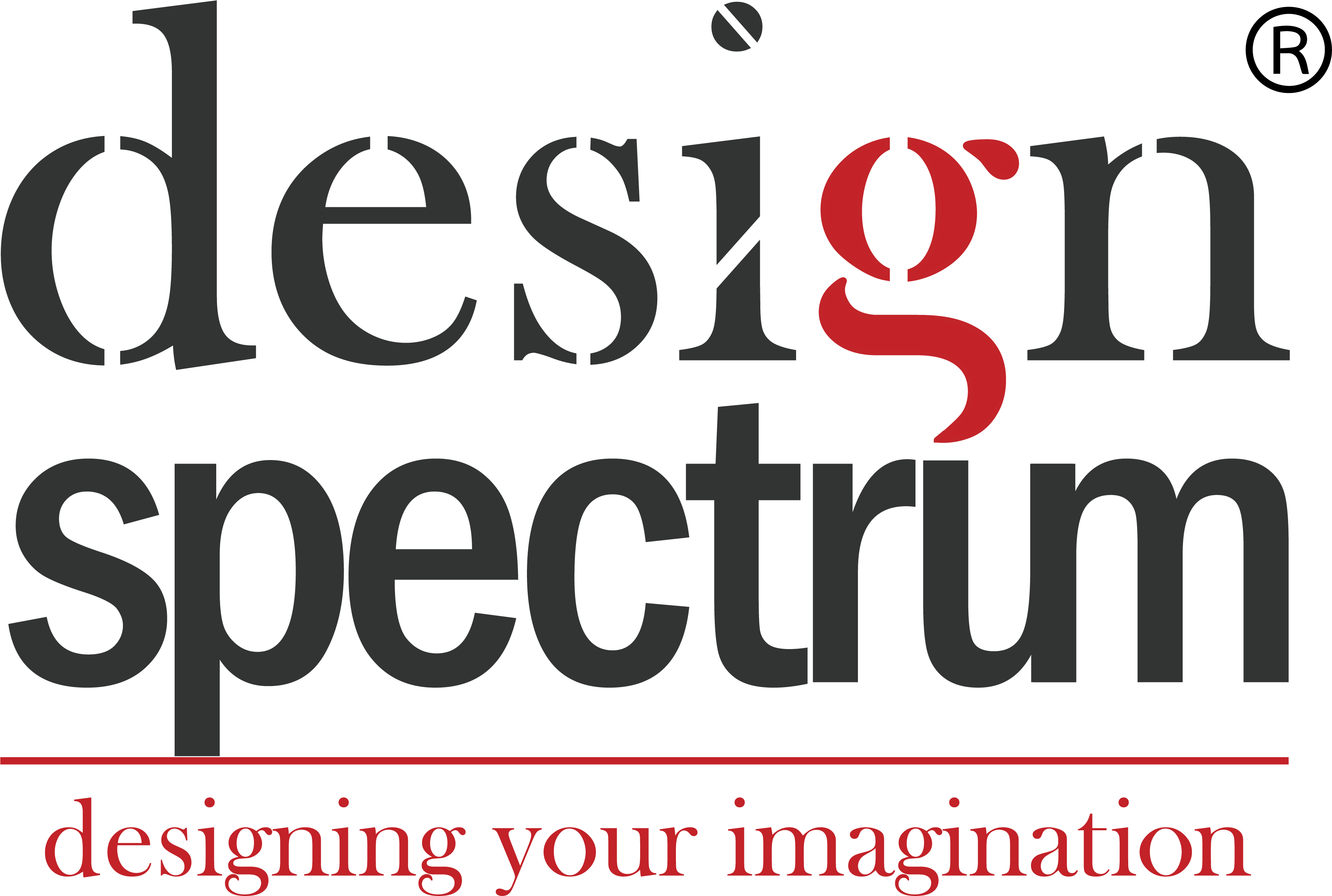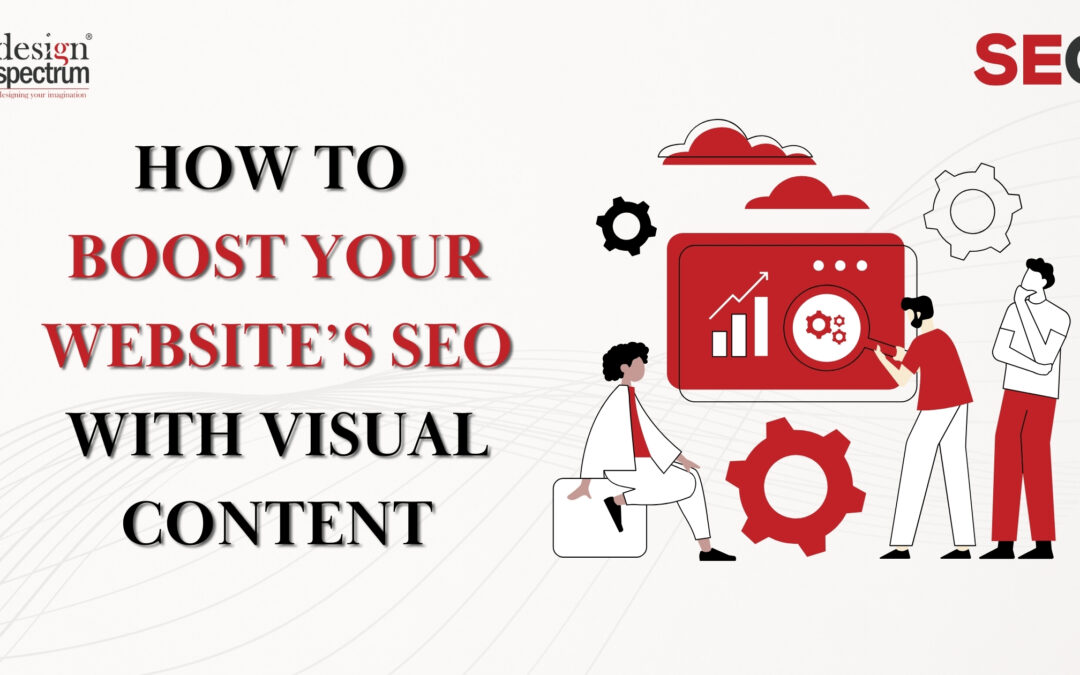Introduction
Do you feel your website lacks that SEO magic? In the modern day, it should be clear to everyone that SEO does not only consist of keywords and backlinks; it should also encompass visual elements. Providing visuals satisfies user demand and is a very effective way of strengthening on-page SEO while increasing overall website rank. You’ll leave a massive potential to capture and retain customers without any effort if you do not incorporate visuals in your web pages. Visuals attract users’ attention and provide search engines with a more informative context of the website. Let’s look at how you can leverage visuals in your website. Shall we?
Table of Contents
Understanding the Role of Visual Content in SEO
There has been a shift in search engines’ ranking of websites to user experience optimized sites. On-page visual content, which includes images, videos, and infographics, enhances user experience which in turn increases visits and reduces bounce rates, both of which positively affect the score.
Blogs with pictures are more than 94% likely to be viewed than those that do not contain. Also, search engines advocate for sites that have more audience engagement time. Hence, content marketing that uses appropriate visuals, quality, and relevance helps improve the search rankings and engagement of the audience. Visuals are not simply an enhancement; they are a decisive factor in the success of your website.
On-Page SEO: Enhancing through Visuals
On-page SEO incorporates all the optimized elements on your site page that help in finding your site including images, page design, and the ratio of texts to pictures. If a user finds a certain page pleasant or well arranged and eye-catching, the chances are that he/she will stick around, decreasing the bounce rate and in turn showing search engines that your site is useful.

To optimize visuals, images should be used in content as and when necessary. For example, employ diagrams and charts or pictures to explain or demonstrate so that the targeted audience doesn’t find it hard to comprehend complex issues. The use of mp3 tags is also a destructive file naming for on-page tags which is another important aspect. These serve as a context to the search engines and thus can improve SEO for your content.
Image Optimization: A Game-Changer
Image optimization is an important consideration in any website as it is a key ranking factor in SEO and affects page speed. If you have large image files, it takes a long time for a page to load, which makes the user back out without waiting to view the actual page. Site speed is a ranking factor in Google, so optimizing images is a way to easily enhance SEO.

To make sure that images are optimized:
- Avoid losing image quality, compress files through TinyPNG or ImageOptim.
- Use appropriate types of images (like JPEG for photographs and PNG for any images with transparency).
- Make use of responsive images that load accordingly on different devices.
Also, the alt text should be updated in the images as it is also important for image optimization. Images are important for web content and easy alt text can assist in getting the images indexed by search engines. Alt texts should have useful keywords that can help in optimizing a web page such that images can be found on sites such as Google Images increasing the traffic to the website.
Web Design for SEO: Visual Elements that Boost Rankings
Search engine optimization depends on web design for SEO principles such as layout, structure, and usability. Users are likely to have a better experience on a well-designed and aesthetically pleasing website. They are more likely to spend time on the website, participate in more activities, and come back to it later. This helps as it sends signals to search engines that the website is user-friendly. Don’t worry, here’s a link on how you can create a user-friendly website!
Some of them would be:
- A mobile responsive web design: Apart from web pages, Google favors mobile web design. Keep in mind that your graphics are responsive and look good on various devices.
- Visual hierarchy: Arrange the information in sections for the convenience of the individual and to maintain their interest and engagement. This would lead to a lower bounce rate.
- Legible fonts and color contrast: Typography and contrast must be used properly, as these are the most important elements that keep the users on the website.
With an optimized design, friction is diminished, engagement is amplified, and better SEO ranking is achieved, thanks to web design for SEO practices.
Using Alt Text Effectively
An equally significant form of SEO as any other is alt text. It has two meanings: There are alt texts for images which allow a better understanding of the content for people with eye defects and there are alt texts to the photographs which assist in indexing relevant content for search engines. Including alt texts for images that accurately explain the content of the image, as well as the message the image portrays, is better for SEO.

How to come up with appropriate alt text:
- It is better to be detailed but no more than necessary.
- It is good practice to avoid excessive use of the keyword since this is a practice that will be frowned upon by search engines.
- Where the keyword logically fits in the description, incorporate your main SEO keyword.
Moreover, incorporating alt text into images invites more traffic through image search results, thus increasing the overall visibility of the site and consequently boosting the ranking of the site.
Content Marketing and Visual Storytelling
Video content in addition to written content improves SEO efforts. People are more likely to remember and want to share content with visuals that convey complex ideas. Every time someone shares a piece of content online, it can bring attention to the author’s website, which is immensely valuable.
Visuals appeal to consumers on an emotional level, making them remember your brand while consuming content marketing. Videos or visually appealing case studies may help to illustrate a customer’s journey and how they benefitted from your business which can help with reach and engagement. Quite simply, images, videos, and animated presentations enhance storytelling, increase shareability, and create lasting impressions.
When more people come across your content and find it interesting enough to spread, there are additional backlinks and social signals that can be useful in search engines. Undeniably, the positive impact of visual content on content marketing translates well in SEO terms.
Conclusion
Visual content is a great medium for enhancing the SEO of the business site. From on-page SEO attributes to image optimization and good web design, visuals enhance interaction, shares, and rankings on search engines. Optimizing image use through alt text, responsive images, and images as a storytelling format makes your SEO strategy more complete by enhancing the user experience.
Therefore, if you care about SEO, make it a point to include visuals. Make the changes, and look forward to your website being in the higher ranking of the search engine results.


Trackbacks/Pingbacks